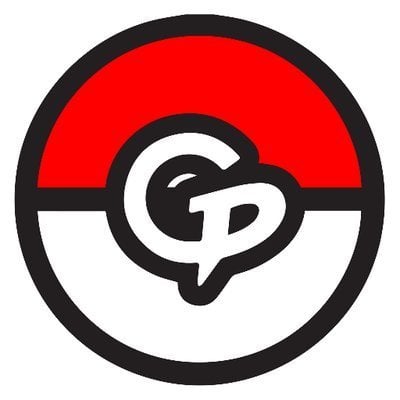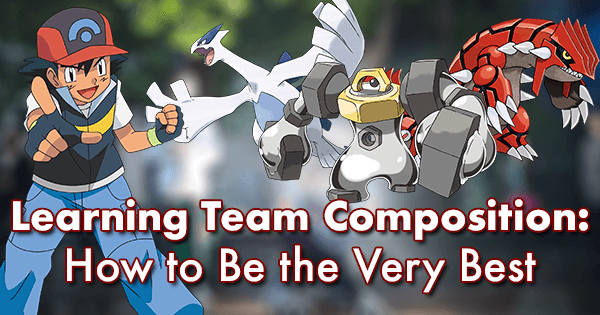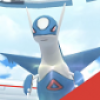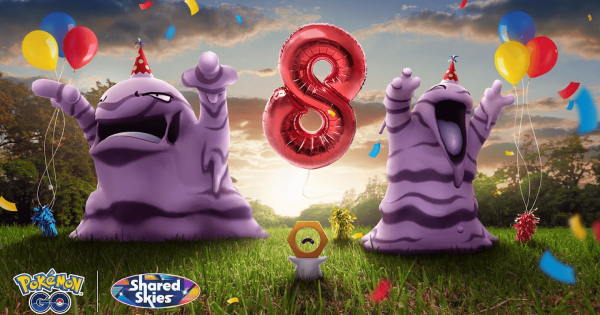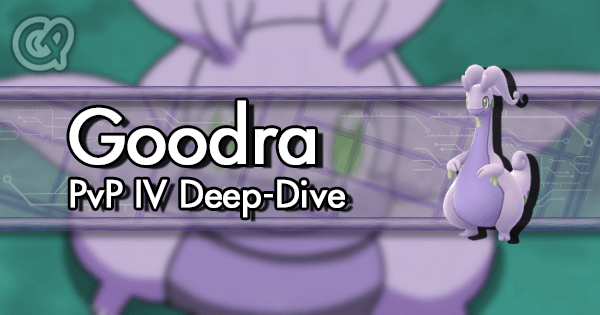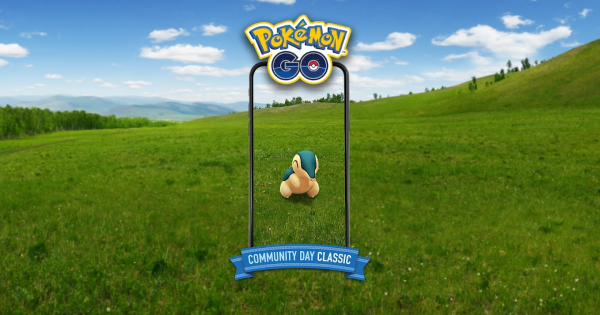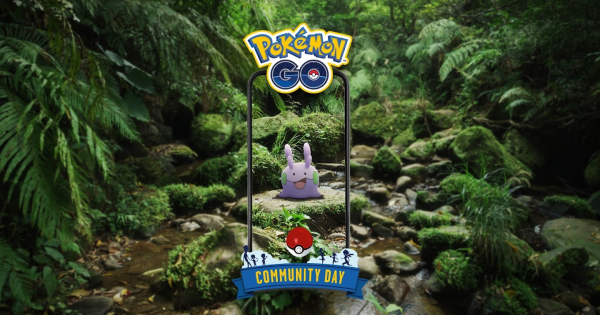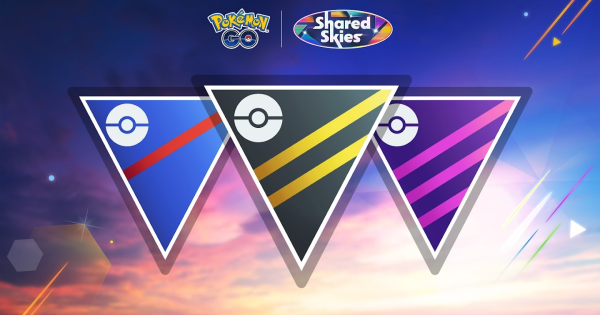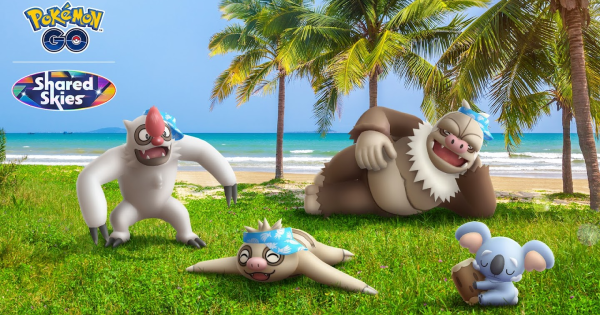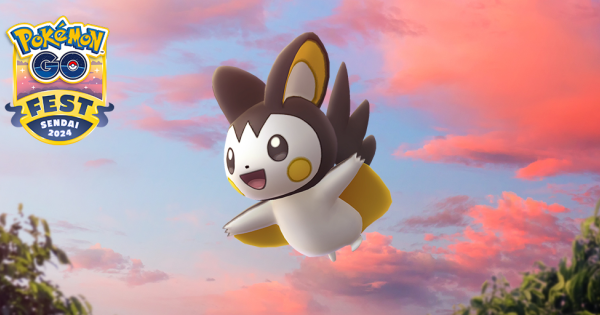Related Content
Become Knowledgeable
It is hard to overcome an opponent who knows more than you do. Everyone can work on here and try to avoid losses due to information asymmetry. That said, there could be too much to memorize and nobody has all the game data built-in (what’s worse, anything could change in the next rebalancing). So set realistic goals for yourself.
There are four steps to become fully knowledgeable. The first step is to memorize the type effectiveness and to be able tell it quickly. There isn’t any shortcut. Some quizzes to test your knowledge: what is the effectiveness of: Rock vs Ground; Ground vs Grass; Electric vs Steel; Steel vs Electric; Fairy vs Poison; Poison vs Bug.
Second, you need to memorize the typings of the Pokemon. You may start with the common Pokemon. With the first two steps done, you should be able to choose the most effective Pokemon/Moves against any given opponent within seconds.
The next level is to memorize the move pools of the Pokemon. This way, you will know what to expect when your opponent initiates a charge attack. Such skill will develop naturally if you play often.
Finally, memorize the parameters of the attacks. Pay extra attention to the activation turns for each moveset. This skill will come in handy to call your opponent bluffing. For example, your Altaria is fighting Blastoise. Blastoise initiates a charge after using 14 Water Gun. If you recall that Ice Beam requires 55 energy to fire and each Water Gun generates 3 energy, you can tell the charge can’t be Ice Beam, so there’s no need to shield.
Baiting
When you use a charge attack that would do a lot of damage, you expect your opponent will shield. If that’s the case, you are better off by using the other charge attack if it requires less energy. This is called baiting. Of course, if your opponent is aware of baiting, he might not use the shield at all; he calls your bluffing. So there’s a minigame going on.
Here's a in depth example: Counter + Grass Knot Breloom vs Mud Shot + Blizzard + Mud Bomb Whiscash. Assume both sides are allowed to use one shield. Who will be the winner?
In PvPoke simulation, Whiscash wins. In GoBattleSim simulation, however, Breloom wins. Which simulator is right? It turns out that both are not exactly right. In PvPoke, Whiscash always successfully baits Breloom for shielding Mud Bomb; in GoBattleSim, Whiscash never uses Mud Bomb to bait. The optimal play lies in between.
Whiscash needs to land a Blizzard to win, because just spamming Mud Bomb can’t kill Breloom quickly enough. Further, Whiscash charges two Blizzard slower than Breloom charges two Grass Knot. Therefore, Whiscash needs bluffing to win.
On a side note, Whiscash needs to hold on Mud Bomb until Blizzard is ready (9 Mud Shot). Because otherwise, Breloom would know for sure it’s a Mud Bomb and wouldn’t shield. Now, in minigame, both sides have two choices of actions:
| Fold (Shield) | Call (Not Shield) | |
| Bluff (Mud Bomb) | Whiscash wins. The Blizzard would be ready before Breloom's 2nd Grass Knot. | Breloom wins. Breloom saves the shield and uses it for the Blizzard later. Then it kills Whiscash with its 2nd Grass Knot. |
| Honest (Blizzard) | Breloom wins. Breloom launches its 2nd Grass Knot before Whiscash can use its 2nd Blizzard. | Whiscash wins. Blizzard instantly kills Breloom. |
The optimal play for both sides is to take each action with a probability of 50%. This example shows that PvP battles can be non-deterministic for a given matchup.
Switching
Active switching seems like bad idea at first, as your opponent would also switch and you could be locked down to a more disadvantageous matchup. For example, you lead with Gyarados and your opponent uses Raikou. You switch to Groudon. Then your opponent switches to Dragonite, who can kill your Groudon with fast attacks only and welcome your next Pokemon with 3 Dragon Claw. Active switching is very risky in general, but it could bring huge return.
First off, if the post-switching matchup is less disadvantageous than the current, then it is better to switch. Using the above example, say your switch in Giratina and your opponent switches in Tyranitar. Giratina would still do at least 80% of Tyranitar’s HP damage before fainting. So the answer to the question “should I switch or not” depends. Without prior knowledge to the lineup of your opponent, it is impossible to tell definitely.
Active switching can be used to sneak in some fast attack damage to your opponent, exploiting the delay of battle sync. For example, if your opponent is using Tyranitar, then you could switch in Machamp and quickly tap the screen. On average, at least 3 Counter will land on Tyranitar before your opponent realizes what’s going on, and more if your opponent reacts slower. Other examples include Confusion for Toxicroak, Razor Leaf for Swampert, and Fire Spin for Scizor/Fortress.
At the right timing, active switching can be used to tank reduced charge damage. Say you lead with Raikou and your opponent lead with Groudon. You may use a few Thunder Shock first, then switch to Dragonite right before the Groudon’s Earthquake is ready. Due to the delay, your opponent could be too late to not use Earthquake and thereby waste the attack on your Dragonite, netting minor advantage for you. To correctly execute such technique, you need good knowledge of the activation turns and counting. Note that this technique could cause the battle to freeze.
Active switching can also force your opponent to reveal his lineup. This could be handy for determining the shield strategy, which will be discussed in a minute.
Shielding
As with switching, it is impossible to tell definitely whether it’s better to shield without knowing the opponent’s lineup. In general, different shield strategies reflect different play styles.
The first type of player, “early game player”, likes to win the 1st match. This usually requires type advantage and/or shield advantage. The benefits of winning the 1st match include you get to decide the 3rd matchup: your opponent’s 2nd Pokemon defeats your wounded 1st, then you get to choose the better one from your remaining two to counter back.
The second type of player, “late game player”, tends to save shields for the later matches. They usually have a very strong closer Pokemon in their team with high damaging charge moves, such as Cresselia, Groudon, and Kyogre. The rationale is, since two charged moves are bound to be shielded, why not let them be the low energy and damage ones? Without considering type effectiveness, your opponent's shielding lower damage attack increases your TDO.
Other than active switching to force your opponent to reveal his lineup, it is possible to infer it based on his actions. Here is one way: after the opponent’s 1st Pokemon faints, if he takes a long time to decide which Pokemon to send next, it is likely that both his remaining Pokemon perform bad against your current one. So you might want to keep your current Pokemon alive as long as possible (although, theoretically, your opponent could be bluffing. I haven’t encountered an opponent who deliberately hesitates to confuse his opponent. Please let us know if you find such master of bluffing).
General Tips
Here are some helpful tips:
-
Find an environment with good internet connection. It matters.
-
Find a good phone. It matters.
-
You can start to tap the screen to attack before the next Pokemon gets sent in.
-
Try to leverage the Charge Move Priority by being the one who hits the “Use This Party” button first. More on this topic here (https://pokemongo.gamepress.gg/trainer-battle-issue-simultaneous-charged-moves-pvp).
-
Shuffle your lineup often. Do not go with static teams as your friends could quickly adapt to your most frequently used Pokemon.
Parting Words
When you battle a worthy opponent, it can be very tough. Don’t get too frustrated if you get defeated. Focus on summarizing the battle instead: did you lose to luck, skill, team composition, or a little bit of all? Did you play your best? What could be improved? Admit the loss and, more importantly, learn from your opponent. This article wouldn’t be as complete if this author hadn’t learned a lot from his matches.
Be confident. There isn’t a winning strategy since PvP is a finite and symmetric game. If there is a winning strategy, the other player could mirror it, resulting a win rate of exactly 50%. The implication is that nobody can win forever. A good player can at best maintain a win rate of more than 50% (of course, this is assuming both sides having access to the same Pokemon. In reality, there might be some barriers of using certain Pokemon, be it legacy or expensive).
We hope that this article, alone with this series, can help you excel in PvP battle. Practice makes perfect, so get up to play PvP and have fun!

